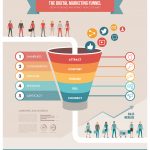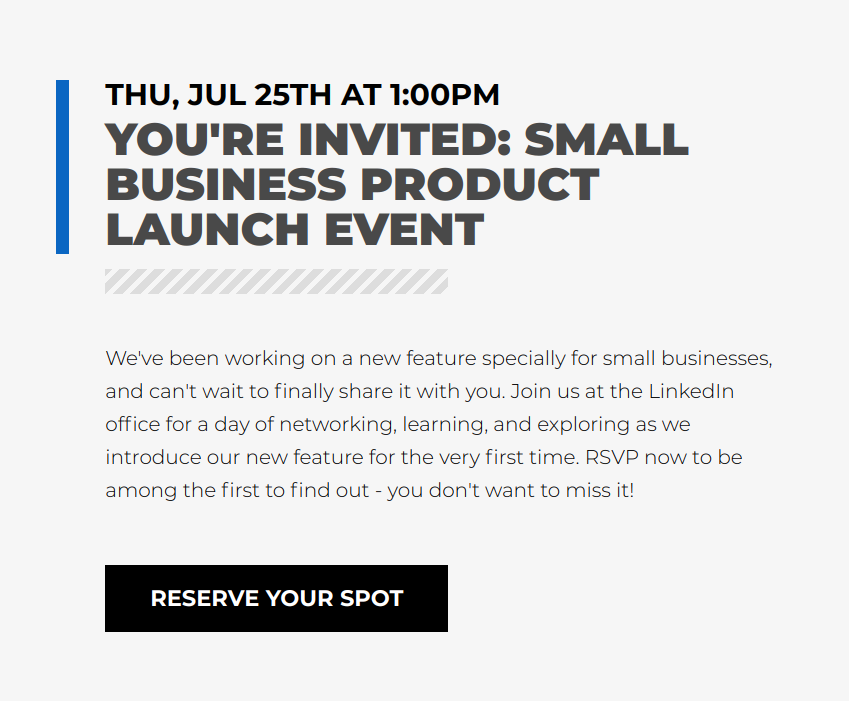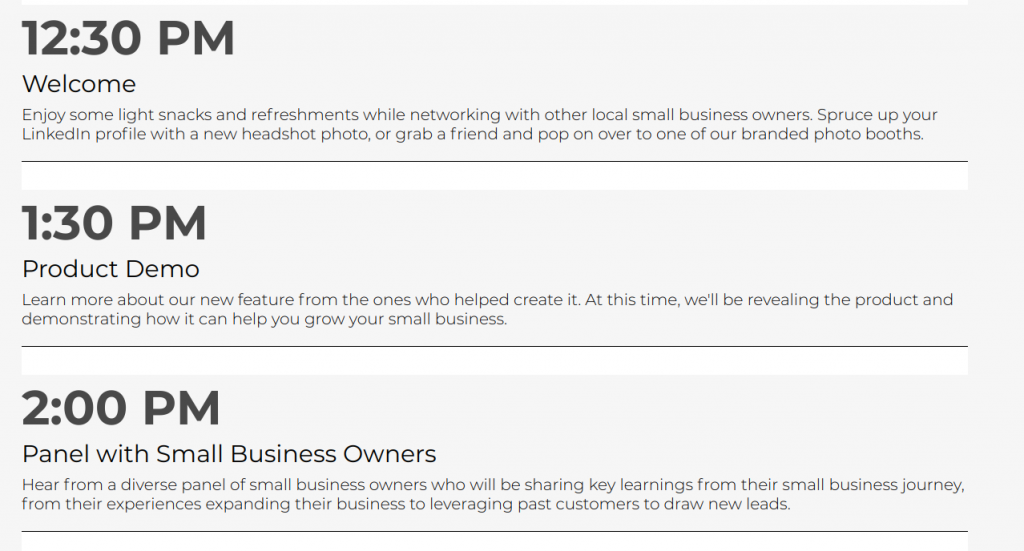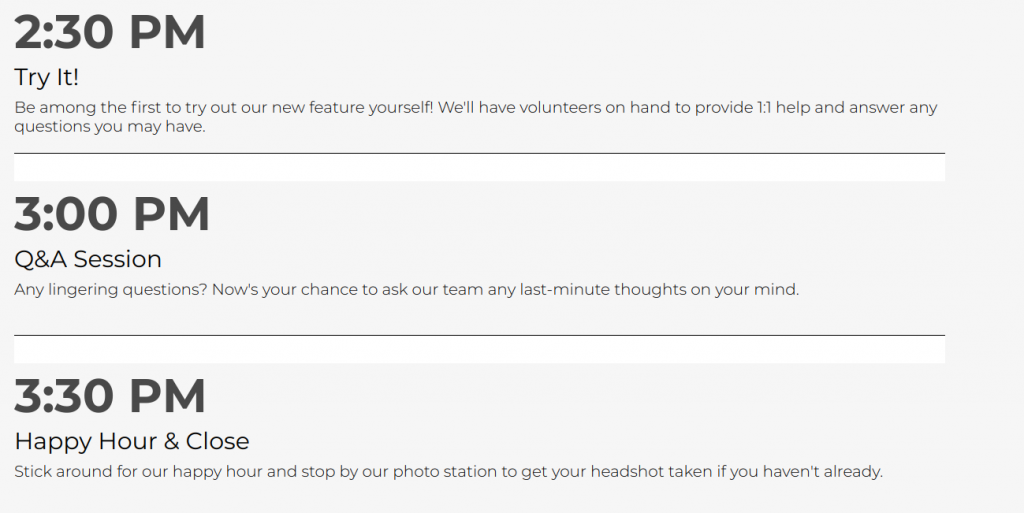I’m updating this in the Spring of 2020. Many of us are dealing with the shutdown and losing clients. There are still many places out there looking to outsource.
California has AB-5 which is hurting the freelancers and contractors. If you live in California, you’ll understand. Contact your representatives and tell them the impact it has had on you.
Set up routines. They will help you stay productive, and they will keep you more positive since you’ll feel like you’re doing something.
And start reaching out to your network. Check in on people to see how they’re doing. You may be that voice of hope that they needed.
Ok, back to the blog.
We’re now a few weeks in to 2020. Have you updated your marketing plan yet? If not, now is the perfect time for planning your marketing strategy this year.
Before reading today’s blog, pull out some paper and jot down the ideas that pop into your head. You may remember something that you want to plan on, and I don’t want you to forget any of it.
Your Plan for January
This is normally the time you’d get the stuff done that you didn’t get around to in December. But being as it’s almost the end of the month, I’d recommend spending the last week of the month planning.
However, if you’re in the life coaching, financial, diet or health niches, now is actually a better time to target your tribe rather than at the beginning of the year.
Why?
Most people have given up at this point. So if you can find a way to target that pain and provide motivation to recommit, you’re providing them with a lot of value.
You can offer a special program to help people recommit to their goals, and find paths to achieving it. And it’s good to remind them that they still have time before Spring and Summer.
Your Plan for the First Quarter

Start off your first quarter with a big success and it will add momentum to your plans for the rest of the year. If you were building up your fan page on Facebook, you now have better demographics of people who know like and trust you.
Decide first what your goal is. Do you want to increase revenue? Conversions? Increase your brand awareness?
A lot of this will depend upon your calendar for the year. If you’re intending on releasing a product in April, you will want to spend the first quarter building up relationships with people who could be promoting your product.
You also want to have a plan for building up the excitement with your current tribe that you’ve been building up on social media.
Figure out your important date, and then work backwards to identify all the mini-milestones you’ll be hitting (or needing to hit) to get there.
From there, you will want to take a look at your systems. Do you have the procedures in place to hit those milestones?
I’m currently reading Atomic Habits by James Clear. He makes some great points about how you can clean your house, and it’s clean for a moment. But until you have the systems in place to maintain it, you’re going to end up drowning in clutter again in a short period of time.
I’ll detail some things to put into your plan below.
How should you do this?

It really depends upon you, your team, and your level of comfort.
I know some people do well with Trello. I use Evernote. And this year, I set up Bootcamp and Wrike to test out.
I use Evernote to track my goals, and do a daily diary of what I did and how effective I was.
I still use Michael Hyatt’s Daily Focus Planner. I like the way it gets me to do weekly reviews as well as identify how to break up my big goals into quarterly achievable goals. It’s helped me get my routines which are essential during these interesting times.
So that’s why I say it should work for you and what you’re trying to accomplish.
Plan for the Year

Maybe we should have started with this. However, I suspect looking shorter term helped remind you of longer term, right?
And that’s why I wanted you to be taking notes while reading this.
So for the year, think about how you can target holidays or other big days for your business. Maybe you are a marketing consultant who also promotes other people’s products (and if you don’t, you should).
So you’ll want to track release calendar sites to find out when there will be some good promotions, and you can plan your email and social media campaign around those dates.
Now is also a great time to create your content calendar. Maybe you have a different theme for each month, or you have a theme per day, and you want to capture as many ideas as possible so it’s easy to create.
Just like with the first quarter, it’s time to plan backwards with mini-milestones and review your processes.
What Should You Plan
- Content calendar
- Ad spend
- Ad strategies (Facebook, banner, solo, Google, Bing, etc.)
- Holiday strategies
- Release dates
- Outreach (webinars, live q&a sessions, ask me anything, etc.)
- Expanding or contracting your social media – focus on what works for you, and always be testing
- SEO – what keywords do you want to target this year
If you need any guidance on this (or want someone to do it for you), contact me and I’ll see what I can do to assist or find you the right person.























 Get That Phone Ringing
Get That Phone Ringing